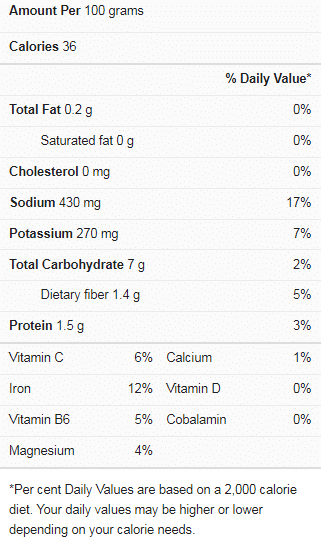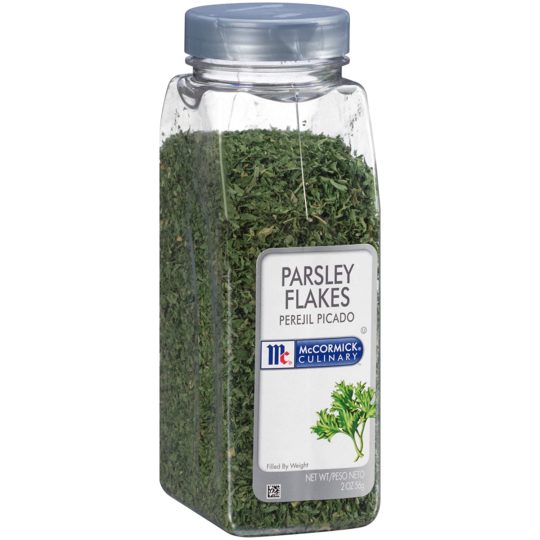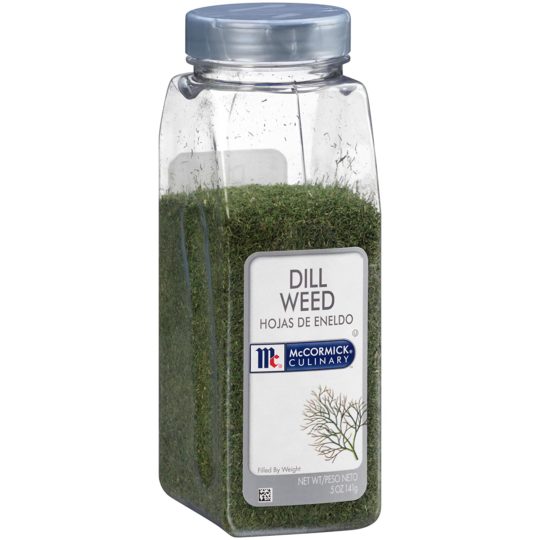You must have come across cilantro as a common ingredient in tons of salsa recipes. And you may have also wondered why it’s such a commonly required addition to this Mexican dish. Most people aren’t new to the flavor-enhancing property of this herb, so they’ll add it to their salsa Verde without question. But what if you have to omit it for some reason?
Luckily, cilantro has tons of replacements that’ll work in all salsa recipes. And you won’t tell the difference, regardless of whether it’s salsa Fresca, salsa Cruda, or salsa Roja. But why add cilantro in the first place? And what makes this herb such a popular inclusion in this famous Spanish delicacy?
Salsa nutrition facts

What is cilantro?
Cilantro refers to the harvested fresh leaves of the coriander plant. It’s also known as Chinese parsley or Mexican parsley, as the plant is part of the parsley family. In certain areas in the U.K, the herb is referred to as coriander leaves. And it’s a popular ingredient in Mexican, Middle Eastern, Indian and Asian cooking.
Cilantro doesn’t dry well, so it’s chopped chiefly to bits and used fresh. It has a unique flavor and is added after cooking or as a dressing, as it’ll lose most of its flavor if you cook it. You can also grind it when used as an ingredient for pesto and sauce. And as fresh cilantro will give the finishing touch to practically any savory Indian dish, you’ll find it heavily used in all salsas. But it’s also added to some other recipes like;
- Fajitas
- Pesto
- Chicken Tikka masala
- Tofu
- Sauces
- Chimichurri
- Guacamole
- Lime chicken
- Pad Thai
- Pico de Gallo
- Lime rice
- Grilled shrimp
- Roasted sweet potatoes
- Chutney
- Sesame crusted tuna
- Roasted cauliflower
- Chilaquiles Verde
- Kutabi
- Corn soup
- Sandwiches
- Vegetable and glass noodle salad
Cilantro in salsa
Fresh cilantro has a bright, intense, lemony taste with a peppery hint. It’s used to enhance the flavor of salsa with its peppery and robust taste, giving it that cilantro signature. It’s sometimes laid about in some salsa sauces as a garnish or a base in green salsa when in ground form. Many also use it to lift the general taste profile of salsa to fresh, leafy with some zest.
In some rare cases, cilantro is also used to lift the color profile of salsa. Some add a little bit of it to compliment the general red color so it won’t just look bright but organic. Some may also add a lot to the salsa to change the entire color when making green salsa.
Substitutes for cilantro in salsa
You may wish to swap cilantro with something else for many reasons. Perhaps you don’t want it because you wish to try something different or don’t want that citrus to feel in your dish. You may also not want that peppery taste or are one of those who can’t eat cilantro without tasting soap (due to the chemical aldehyde found in it and used for soap making). Or you may have run out and can’t get your hands on cilantro.
No matter, other substitutes for cilantro in salsa are available, and some of the best ones include;
Parsley
This bright green leafy herb is cousins with cilantro, which works as a substitute. It’s similar in appearance and peppery taste to cilantro but is bitter. Parsley is an excellent substitute for cilantro in salsa, and its balanced flavor doesn’t stop it from lifting that of other seasonings in your salsa. And adding a spritz of lemon or lime juice to parsley pulls it very close to cilantro in comparison and makes up for its lack of citrus note.
It works well with any other fresh green herb substitute and will enhance their flavors. Plus, it’s handy when you don’t have enough of any other substitute. When tweaked, you can use parsley in equal measurements to substitute for cilantro in salsa.
Basil
Fresh Basil is an excellent substitute for cilantro in salsa, and its green color does well to replace the color of cilantro. It possesses the freshness of mint, a little bit of pepperiness, and brings some of the citrus notes of cilantro. Combined with its sweet flavors, these qualities make basil work perfectly well in fruit salsas.
It also blends well with tomato sauce, especially other fruits like mango, peach, or strawberry. And you can substitute the same amount of basil for cilantro in salsa.
Mint
This herb has a bright and refreshing flavor that works well with fruit and tomato-based salsa ingredients. And it’s an exciting substitute that brings a cooling factor to your typically spicy salsa. Mint is a slightly sweet herb with a menthol freshness that combines nicely with the spiciness of salsa. And many can confirm it does wonders, mostly in mango salsas, and also tastes well with some ground coriander seeds. Plus, the seeds add the warm and citrus flavor that’s also present in cilantro.
You can add fresh mint leaves in equal measurements with cilantro in mango, pineapple, papaya, peach, or watermelon salsas. Also, note that it combines better with lime than lemon in substituting for cilantro.
Chives
This herb tastes different from cilantro but is a perfect substitute for salsa. Chives offer the Mexican sauce a fresh green color and a bright, slightly peppery onion/garlic flavor. Salsa already contains onion and garlic, so adding chives will help improve the flavor while also making the dish more appealing.
You can accompany the chives with avocado and onions to add a creamy note and blend the extra spiciness perfectly. Also, you should apply chives at the end of your dish to retain their bright color and fresh flavor.
Dill
This option is another excellent substitute for cilantro in salsa, as it’s closely related to parsley but has a unique taste. It’s a versatile feathery green herb that can be employed in two unique ways in place of cilantro in salsa.
The first is a sour and spicy combo when you accompany your dill with vinegar in your salsa, and this mix works best with apple cider vinegar as it brings all flavors together in a perfect blend. And the second is a sweet and spicy blend that includes a splash of apple cider vinegar with some sugar or even maple syrup with dill. This option perfectly replaces cilantro in salsa and gives the sauce a twist and sweetness more similar to relish. Both variations can work in equal amounts to replace cilantro in all salsa recipes.
Frequently asked questions (FAQs)
Can I substitute oregano for cilantro?
Maybe not as a standalone substitute, but alongside parsley, it can be used better to mimic the flavors of cilantro in any recipe.
Can I use dried cilantro in salsas?
No, you can’t. Dried cilantro, also called coriander, doesn’t carry enough flavors to work in salsa recipes. If you must find cilantro for the dish, it’s best to stick to fresh ones instead.
Can I use dried parsley to substitute cilantro?
Like said above, we recommend you use fresh parsley when replacing cilantro in your recipes, but dry parsley can also work. Use one teaspoon of dried parsley to replace one tablespoon of fresh parsley when you can’t get fresh parsley to replace cilantro.
Conclusion
It may seem your salsa dish won’t be the same without adding cilantro to the mix, but that’s far from true. These substitutes can be modified or used straight to recreate the same effects expected from the fresh herb. And since they’re items you can find every day, they’re a convenient way to maintain that needed burst of flavor in your cooking without the need to scout for a fresh bunch of cilantro.






